UI & Usage
Bluetooth
The FiiO Q5S has been designed to work as a Bluetooth DAC/AMP, and that’s quite apparent.
First and foremost, the led located between the main unit and the amp module only give pieces of information regarding the type of flux playing. In Bluetooth. There are 7 different colors, ranging from blue (AAC) to white (LDAC), or purple (aptX/aptX LL) and yellow (aptX HD). I could get all those colors and if you’re lucky enough, you can even see the green one (LHDC) if you find the right source.
The Bluetooth pairing is easy. Just keep the play button pulled on, find the FiiO Q5S in the Bluetooth list, et voila. If you keep it pushed on for 2s, the DAC turns on/off the Bluetooth, but after 5s, it will force the pairing cycle to appear.

Last but not least, the next/previous button only works when you’re in Bluetooth mode. All the other modes won’t benefit from this option, not even the USB.
USB/COAX/OPTICAL
Those modes give you the best sound, as you enjoy all the decoding power of the FiiO Q5S.
As usual, the USB mode is the most complete one. Through this connection, you can even stream ultra-high-resolution files, such as 32bit or DSD, the Q5S will decode them. There is no DSD indicator anymore, that can display what’s the type of file you’re playing.
The Optical input can be plugged to most modern television or computer. I personally plugged the FiiO Q5S to a PS4 and got pleasantly surprised by the ease of use. You can even connect it in Bluetooth, but to get the best sound and lowest latency, use the Optical input.
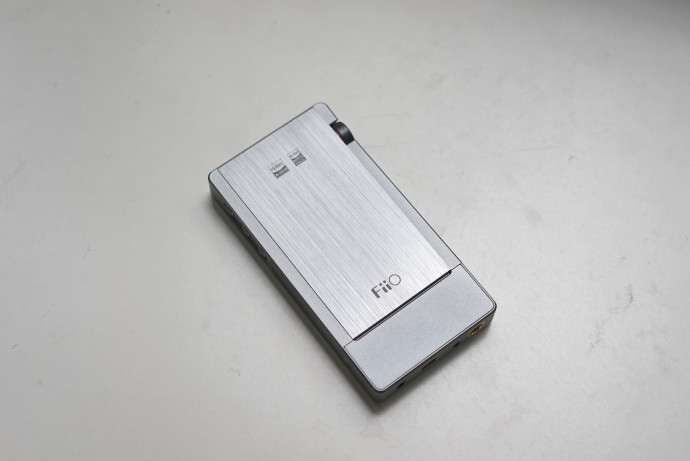
The Coaxial input can be connected to a CD player, another DAP or a source that doesn’t carry any other output. I tried to connect a DAP with a simple jack-jack cable in coax mode… and that works too !
All in all, use the USB connection if you can. That’s the best available option out there, but the Optical/Coaxial will allow you to plug almost anything to the FiiO Q5S.
Line out
A classic.
If you just want to enjoy the sweet sound of the AKM chipset and keep your own amplifier. All you have to do is connect your source in Bluetooth/USB/Coax/Opt and plug your amp through the line-out.
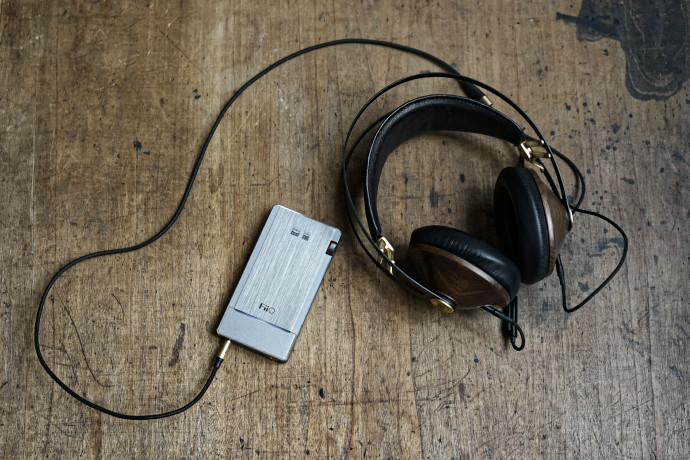
Headphone out
Again, nothing complex here.
Just connect your headphone to the suited output (balanced or unbalanced) and crank up the volume. The high-gain option is to be used with hard-to-drive / insensitive headphones, where the low-gain is more suited for IEM and earphones.
Let’s take a look at the specs and then it will be time to listen to the FiiO Q5S.
Specifications
Dual AKM 4493EQ
At the heart of the FiiO Q5S, you have a very good combo made of two AKM4493EQ chips. Same Velvet sound architecture and same 32bit stereo support as the 4490EQ. What’s new is the better THD and S/N numbers, giving the FiiO Q5S better performance than the previous model. At least on paper.
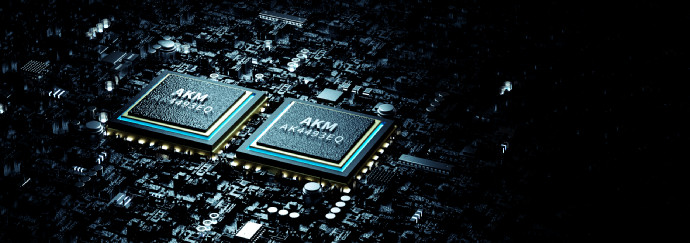
The fact that FiiO chooses to put two chips in dual-mono is good news for all of us who use balanced headphones. To ensure all files are correctly decoded and routed to the DAC, the Q5S enjoys the XMOS SUF208 USB decoder. This chip is capable of 768kHz/32bit PCM playback, and native DSD as well.
The numbers? A THD+N rated at 0.001%, an SNR at >115dB and channel separation measured at >97dB. All from the line-out.
New power-supply circuit
The FiiO Q5 already enjoyed a very comprehensive circuit, but FiiO added a few optimizations. Now, every part of the circuit is isolated from each other with negative converter.
There is no less than 11 Low-noise LDO and two low-pass-filter circuits for the… LPF. If you look at the circuit, the maker achieved a very nice layout with all of the important parts, separated from each other. It looks like a mini-suburb, with a lot of energy poles.

All of this is magnified by the new ADC volume adjustment control. Like some high-end amplifiers, the FiiO Q5S combines the smoothness of an analog volume potentiometer, and the precision of a digital sampling model. So that, even when you listen at low-volume, the left-right balanced never feels sketchy.
New amplifier module
The FiiO AM3E isn’t vastly different than the AM3A originally delivered with the FiiO Q5. It simply adds another output, which appears to be a 4.4mm Pentaconn port. The sound should be the same, as both 2.5mm and 4.4mm outputs share the same circuit.
The output power is much higher in balanced mode. With a 300 ohm headphone, the output power only reaches 30mW with the classic 3.5mm output, and more than 110mW in balanced mode.
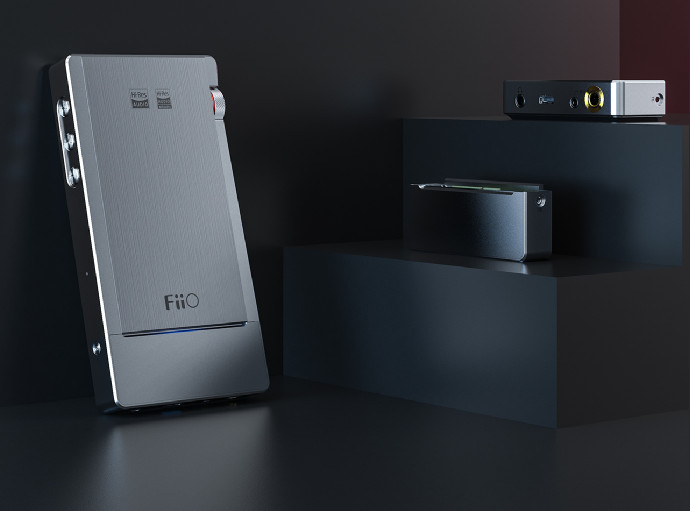
Also, if you use the balanced output on the FiiO Q5S, you can reach a 105dB channel separation. That’s 30dB more than if you use the 3.5mm output. So if your headphone can be plugged through the 4.4mm output, or 2.5mm… just do it.
Bluetooth 5.0
The Bluetooth 5.0 compatibility alone is not enough to make the FiiO Q5S a Bluetooth DAC reference.
What’s really cool with the FiiO Q5S, is the Hi-Res Audio Wireless certification. That means the Q5S is capable of handling LDAC/apt-X HD/LHDC files, all through the Bluetooth connection. Sure, there is still a bit of lag compared to the Wi-Fi connection or the classic wired plug, but it’s far superior from what we used to have.
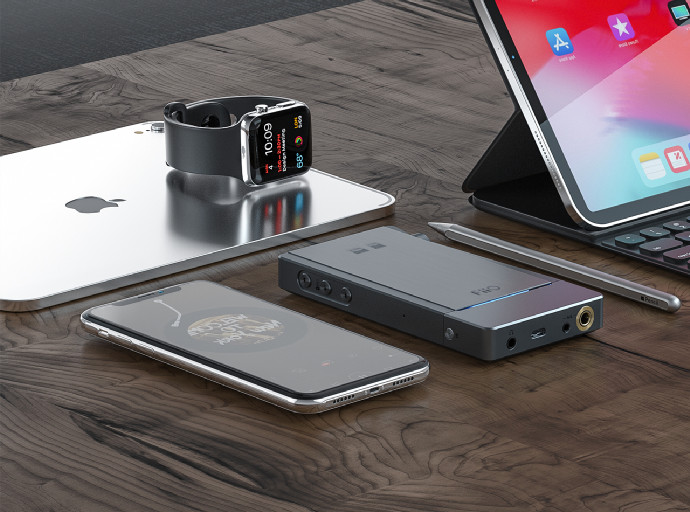
If your source is compatible, the FiiO Q5S will automatically get the best sound available. You can confirm that through the led port, white/yellow/green means you’re the king of the (wireless audio) world !
And you know what’s best ? If you have the FiiO music app, you can even control all the options once hidden from you such as channel balance / Low-Pass filter / RGB indicator / Idle power off.
The only issue ? You have to control the volume on BOTH devices sometimes…
Let’s take a look at the full specs now.
The review continues on Page Four, after the click HERE or by using the jump below.





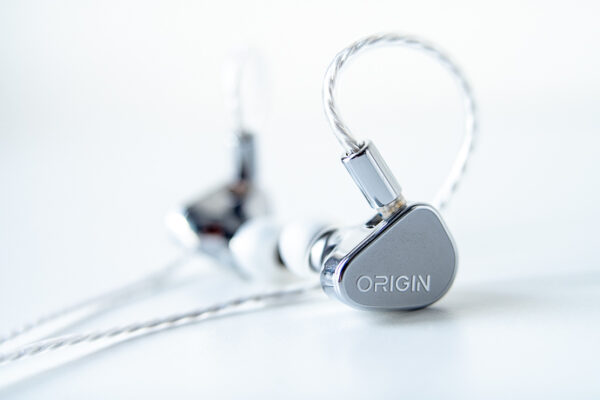
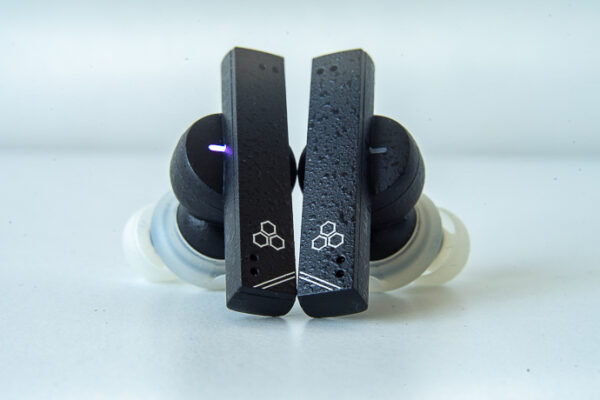
Vinicius Passos
Hey, was wondering if you’ll do a review of the AM3D module, since it has that THX amplification technology stuff, and the M11 Pro. Also, is the Q5S more portable than the M11? You wrote you thought the M11 was a little bit thicker than you’d like for portable gear.
Alex
It’s hissy as fuck. You won’t notice it on normal music, true, but try listening to classics. Piano for example. 16 Om headphones would be hissing, including FH7.
B.T.
Billie Eilish song name is Bad Guy, not bad boy. 😉 Nice review!